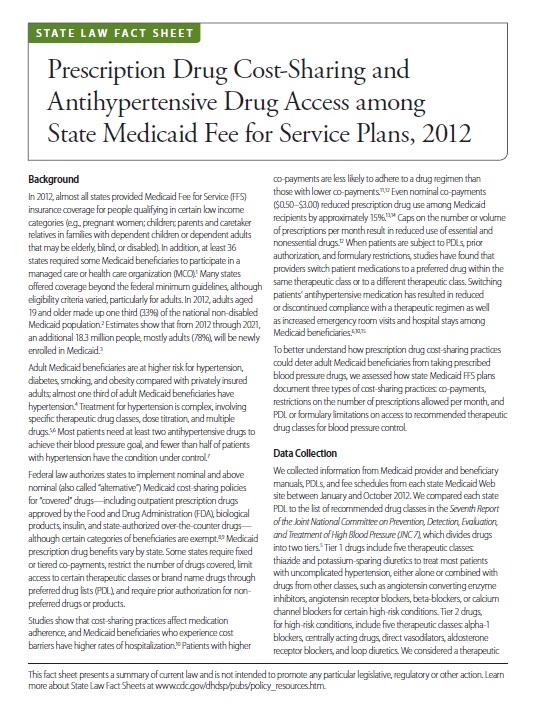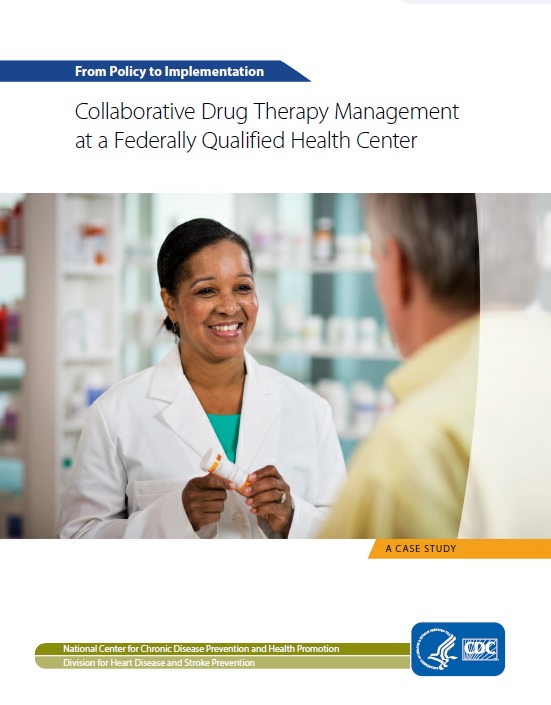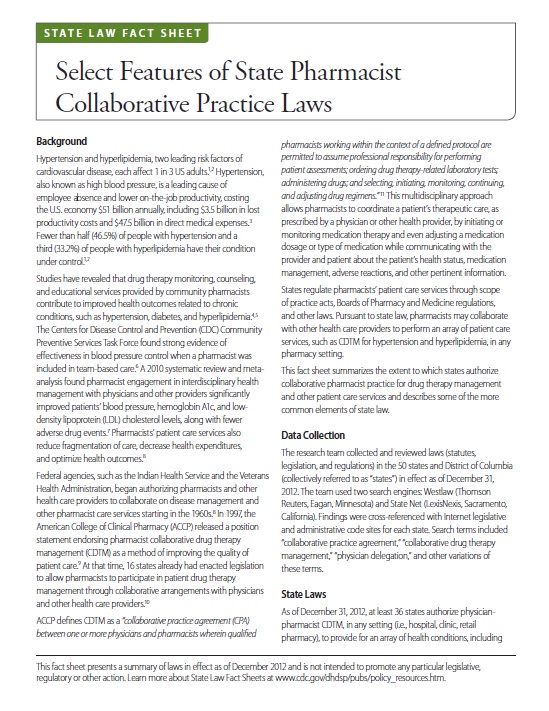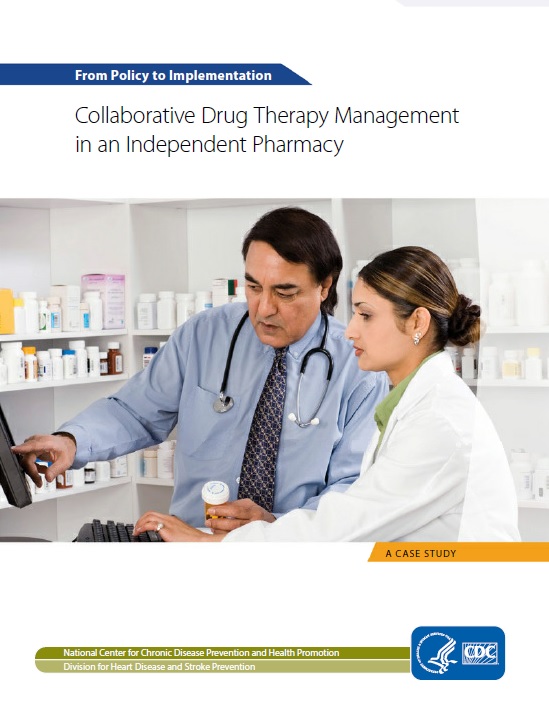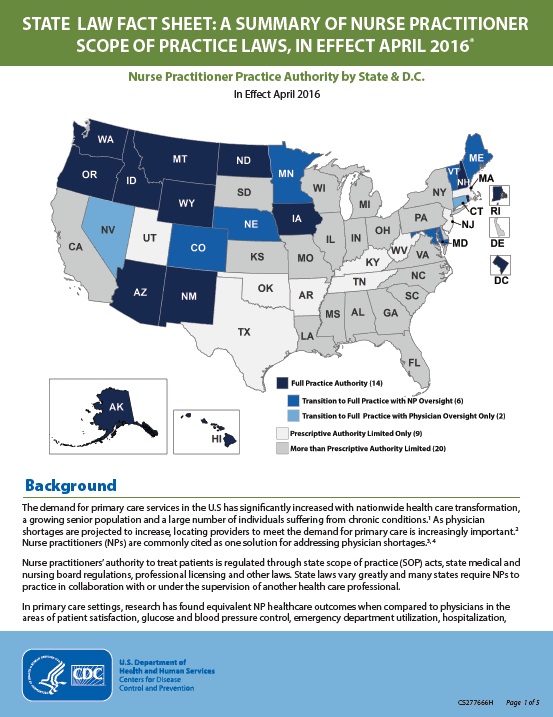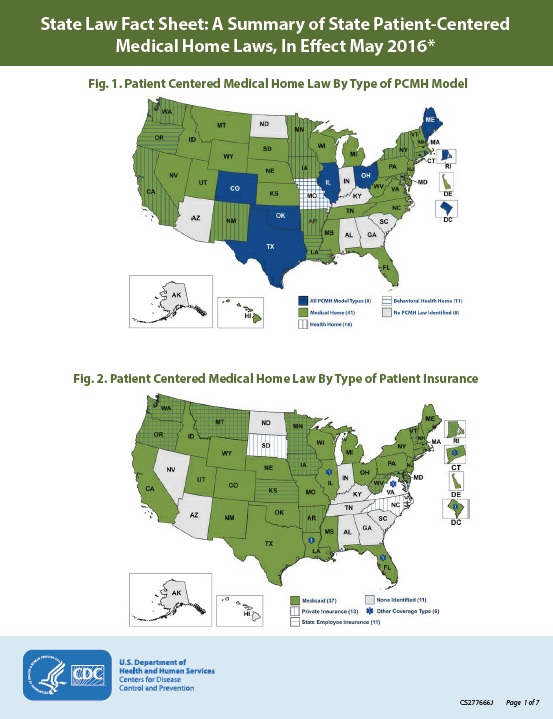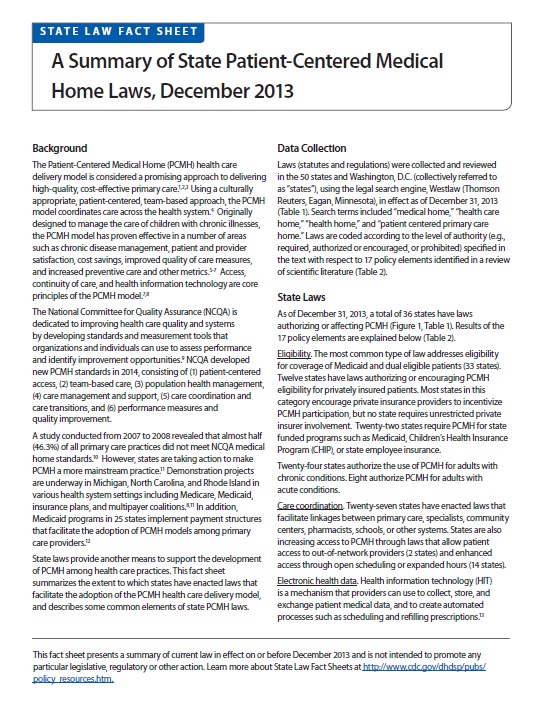More Policy Topics
The Applied Research and Translation (ART) team is continuing to develop tools for these topics:
- Legal Epidemiology
- Sodium Reduction
- Community Pharmacies
- Nurse Practitioners (NPs)
- Patient-Centered Medical Home (PCMH) Model
As the ART team completes more steps of the Policy Research Continuum for these selected topics, additional web content will be developed.
Legal Epidemiology
Legal epidemiology is the study of law as a factor in the cause, distribution, and prevention of disease and injury.
Learn more about the relationship between law and public health, specifically how law and policy affect population health outcomes linked to chronic, noncommunicable diseases such as cardiovascular disease (CVD).
Sodium Reduction
The Policy Evidence Assessment Report (PEAR): What is the Evidence for State and Local Laws Addressing Sodium Reduction Among the US Adult Population? assesses the strength and quality of the best available evidence for six policy interventions to reduce sodium consumption among the adult population (aged 18 or older).
The accompanying web page Sodium Reduction: State and Local Policy Interventions by Evidence Level summarizes the six state and local policy interventions for sodium reduction. The interventions are organized by their current evidence level (“best,” “promising quality,” “promising impact”, or “emerging”).
Community Pharmacies
Pharmacists play a crucial role in reducing the risk for heart disease and stroke in the United States. Pharmacists can use these resources and tools to help improve patient care. Public health professionals can learn about effective strategies to partner with pharmacists.
Learn more about evidence related to community pharmacy policies.
State Law Analyses and Resources
State Law Fact Sheets describe the scientific evidence in support of legal interventions and describe the extent to which states have enacted such laws. Case studies determine how a policy intervention was implemented, identify barriers and facilitators to implementation, and compare implementation results across jurisdictions.
Nurse Practitioners (NPs)
Nurse practitioners are one solution for addressing physician shortages. Their authority to treat patients is regulated through state scope of practice acts, state medical and nursing board regulations, professional licensing, and other laws. These laws vary greatly among states.
Learn more about evidence related to nurse practitioner policies.
State Law Analyses and Resources
State Law Fact Sheets describe the scientific evidence in support of legal interventions and describe the extent to which states have enacted such laws. Case studies determine how a policy intervention was implemented, identify barriers and facilitators to implementation, and compare implementation results across jurisdictions.
Patient-Centered Medical Home (PCMH) Model
The patient-centered medical home (PCMH) model is an approach to delivering high-quality, cost-effective primary care. Using a patient-centered, culturally appropriate, and team-based approach, the PCMH model coordinates patient care across the health system. The PCMH model has been associated with effective chronic disease management, increased patient and provider satisfaction, cost savings, improved quality of care, and increased preventive care.
Learn more about evidence related to PCMH model policies.
State Law Analyses and Resources
State Law Fact Sheets describe the scientific evidence in support of legal interventions and describe the extent to which states have enacted such laws. Related policy analyses provide further context and information.


